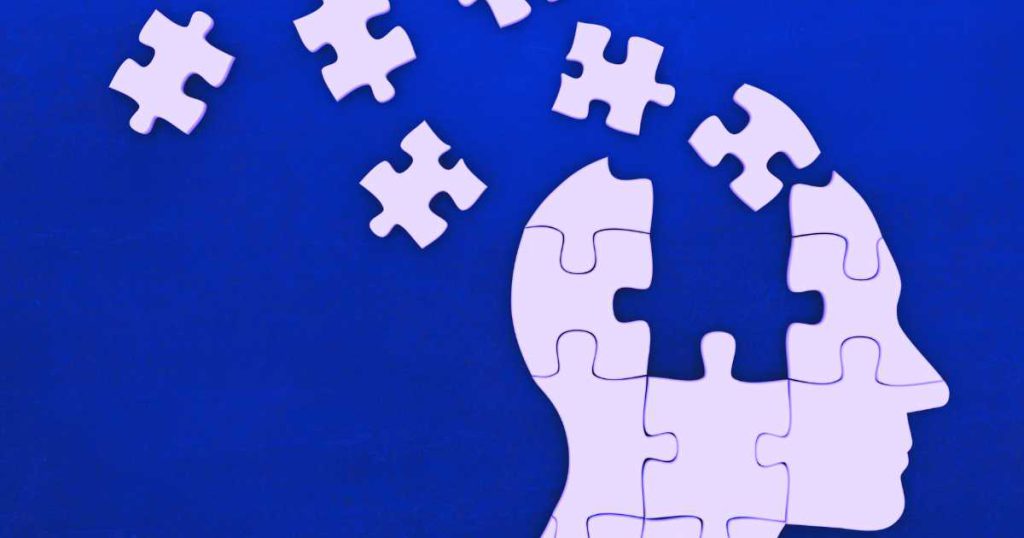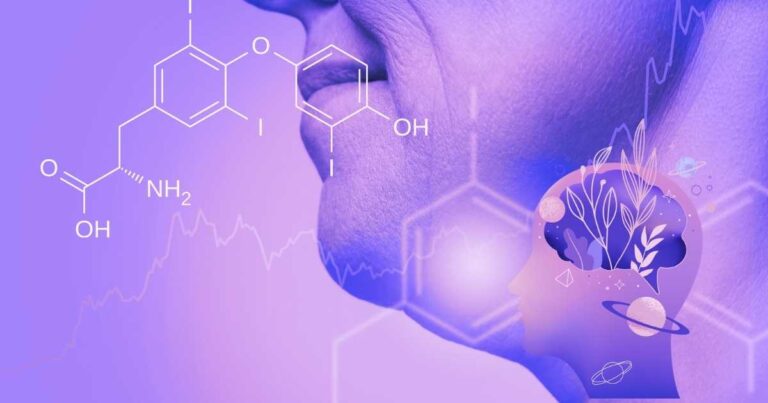Dreams have long been a source of fascination and mystery. While often bizarre and surreal, dreams may actually play a crucial role in memory consolidation – the process of converting new memories into stable, long-term storage in the brain.

A growing body of research suggests that dreaming, especially during rapid eye movement (REM) sleep, actively contributes to the reactivation, integration, and strengthening of recently acquired information.
In simple terms, when you dream, your brain is busy processing and organizing the experiences and knowledge gained while awake. This nocturnal memory consolidation helps transfer information from temporary storage in the hippocampus to more permanent storage in the neocortex.
Dreaming seems to provide a neurological environment that facilitates this memory integration and enhancement.
Key Takeaways
- Dreaming, particularly during REM sleep, is associated with memory consolidation
- Dreams help reactivate, integrate, and strengthen newly acquired information
- Memory fragments are woven together during dreams, promoting their storage in long-term memory
- Emotional memories are preferentially consolidated during REM sleep when most dreaming occurs
- Incorporating a learning task into dream content is linked to improved performance on that task
- Extended sleep and dream recall support the retention of emotionally salient memories
The Neuroscience of Dreaming and Memory
To understand how dreaming impacts memory, it’s important to consider the underlying neurobiology. During REM sleep, several key changes occur in the brain:
- Increased activity in memory-related regions like the hippocampus and amygdala
- Heightened communication between the hippocampus and neocortex
- Reduced levels of norepinephrine and increased acetylcholine, neurochemicals that modulate memory consolidation
- Activation of the default mode network involved in self-referential thought and memory retrieval
These neurological conditions create an ideal environment for memory reprocessing. The hippocampus, which encodes new memories, can reactivate and relay relevant information to the neocortex for long-term storage.
The amygdala’s involvement suggests a preference for emotional memories. And the unique neurochemical milieu supports synaptic plasticity and memory reorganization.
Get free Dream Interpretation by using our Dream App
Dreaming reflects these memory consolidation processes. PET and fMRI studies show that brain regions activated during learning are reactivated during subsequent REM sleep. The content of dreams often incorporates fragments of recent experiences, and the extent of this dream “replay” correlates with improved memory performance.
Brain Region | Role in Dreaming and Memory |
|---|---|
Hippocampus | Encodes new memories; reactivates memory traces during sleep |
Amygdala | Processes emotional memories; active during REM sleep |
Neocortex | Stores long-term memories; receives information from hippocampus |
Default mode network | Engaged in memory retrieval and self-referential processing; active in REM sleep |
Evidence Linking Dreaming and Memory Consolidation
Numerous studies provide compelling evidence for the role of dreaming in memory consolidation:
- In a seminal study by Wamsley et al. (2010), participants who reported dreaming about a virtual maze navigation task showed greater improvement on the task than those who didn’t dream about it.
- Solomonova et al. (2015) found that the extent to which a memory is incorporated into dream content predicts its subsequent consolidation. More task-related dream elements correlated with better memory performance.
- Emotional memories appear to be preferentially consolidated during late-night REM sleep when dreaming is most vivid and bizarre (Groch et al., 2013; Payne et al., 2008).
- Patients with REM sleep behavior disorder, who physically act out their dreams, show deficits in emotional memory consolidation (Fantini et al., 2019).
A recent meta-analysis by Hudachek and Wamsley (2023) integrated findings from 16 studies and found a strong, significant association between task-related dreaming and post-sleep memory improvement. This relationship was especially robust for dreams from NREM sleep and held across different types of learning tasks.
While dreaming of a task doesn’t guarantee better recall, these studies suggest that dream content reflects offline memory processing. Dreaming provides a window into the nocturnal computations that extract meaning from our experiences and weave them into the fabric of our memories.
The Emotional Salience of Dreams
Dreams are often highly emotional, and this affective charge may serve an adaptive function. Emotional memories tend to be better remembered than neutral ones, likely due to the amygdala’s involvement in their encoding and consolidation.
REM sleep and the associated dreaming seem particularly important for processing emotional memories. The neurochemical environment during REM sleep, with high levels of cortisol and low levels of norepinephrine, resembles that of emotional arousal. This unique milieu may help strip away the affective tone of emotional memories, reducing their intensity while preserving their informational content.
Consistent with this idea, studies show that REM sleep and dreaming facilitate the retention of emotional memories but attenuate the associated emotional reactivity over time (Walker and van der Helm, 2009). Dreaming may provide a safe space to reactivate and process emotional experiences, integrating them into existing memory networks.
The emotional content of dreams also appears to mirror the consolidation of emotional memories. Individuals who display more negative dream affect tend to have enhanced memory for negative stimuli (Vallat et al., 2017). And the resolution of emotional conflicts in dreams is associated with therapeutic benefits and improved well-being (Cartwright et al., 1998).
Problem-Solving and Creativity in Dreams
Beyond consolidating memories, dreaming may also facilitate problem-solving and boost creativity. The flexible, associative nature of dream cognition allows for novel combinations of memory elements that can yield innovative insights.
Anecdotal reports abound of scientific breakthroughs, artistic inspirations, and inventive solutions that emerged from dreams. The chemist August Kekulé claimed to have discovered the ring-like structure of benzene after dreaming of a snake biting its own tail.
Paul McCartney credits the melody of “Yesterday” to a dream. And Elias Howe allegedly invented the sewing machine needle after a nightmare about being attacked by spears with holes in their tips.
While such accounts are difficult to verify, empirical studies lend some credence to the problem-solving potential of dreams:
- In a study by Barrett (1993), college students who incubated a homework problem in their dreams were more likely to find a solution than a control group.
- Participants who reported dreaming about a virtual navigation task showed enhanced performance on a novel version of the task, suggesting dreams may promote cognitive flexibility (Wamsley et al., 2010).
- Dreaming has been linked to improved performance on creative word association tasks (Cai et al., 2009) and insight problem-solving (Beijamini et al., 2014).
The unconstrained, fluid associations that characterize dream cognition may foster creative recombinations of memory elements. By activating diverse memory traces and forging novel connections, dreams could help break fixation and generate original ideas. However, more research is needed to elucidate the mechanisms by which dreaming facilitates problem-solving and creativity.
Lucid Dreaming and Memory
Lucid dreams, in which the dreamer becomes aware they are dreaming, offer a unique opportunity to study the relationship between dreaming and memory. Lucid dreamers can often control their dream content and perform predetermined tasks while dreaming.
Several studies have exploited this ability to test whether intentional dream behaviors can enhance memory consolidation:
- In a study by Stumbrys and Erlacher (2014), participants who practiced a motor task during lucid dreams showed improved performance on the task after waking, compared to a control condition.
- Lucid dreamers who focused on memorizing words or performing mental calculations while dreaming had better recall of the material than non-lucid dreamers (Erlacher et al., 2014).
- Practicing a memory task during lucid dreams was associated with increased activation in brain regions involved in memory consolidation, including the hippocampus and prefrontal cortex (Dresler et al., 2011).
These findings suggest that intentional rehearsal during lucid dreams can strengthen memory traces and facilitate their integration into long-term storage. Lucid dreaming may provide a way to consciously influence the memory consolidation process and potentially harness it for learning and self-improvement.
However, lucid dreams are relatively rare and difficult to induce reliably. More research is needed to determine whether the memory benefits of lucid dream rehearsal extend to naturalistic settings and diverse types of learning.
Implications and Future Directions
The evidence linking dreaming and memory consolidation has important implications for learning, creativity, and emotional well-being. By understanding how dreams reflect and contribute to memory processing, we may be able to optimize our sleep habits and enhance our cognitive abilities.
Some potential applications include:
- Developing techniques to incubate specific learning experiences in dreams, such as through pre-sleep suggestion or targeted memory reactivation during sleep
- Enhancing dream recall and lucidity to facilitate problem-solving and creative insights
- Harnessing the emotional regulation function of dreaming for therapeutic purposes, such as in the treatment of mood disorders or PTSD
However, many questions remain about the precise mechanisms by which dreaming influences memory consolidation. Future research should aim to:
- Clarify the differential roles of REM and NREM sleep in memory reprocessing and dream generation
- Investigate how individual differences in dream content and recall relate to memory abilities
- Explore the neural correlates of dream-related memory consolidation using advanced neuroimaging techniques
- Develop standardized methods for quantifying dream content and relating it to objective measures of memory performance
By unraveling the complex interplay between dreaming, memory, and cognition, we can harness the power of sleep to optimize learning, creativity, and mental health. Our dreams may hold the key to unlocking our full cognitive potential.






